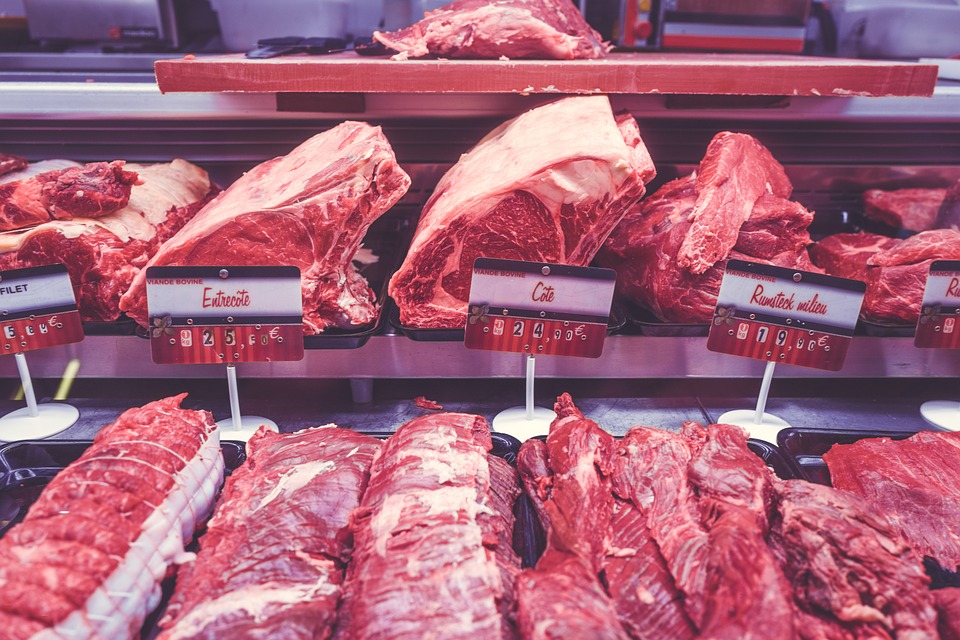
The University of Eastern Finland conducted a groundbreaking study which demonstrates that maintaining a healthy diet and engaging in regular exercise can decrease the likelihood of developing type 2 diabetes, even in individuals with a high genetic risk. This means that lifestyle changes, such as diet and exercise, can benefit everyone, regardless of their genetic predisposition.
Type 2 diabetes is a major global issue. The International Diabetes Federation (IDF) reports that one in eleven adults worldwide has diabetes, and 90 per cent of these cases are type 2 diabetes. Researchers have discovered over 500 genetic variants that can make individuals more likely to develop type 2 diabetes. However, lifestyle factors such as being overweight, consuming low dietary fibre, high intake of saturated fats, and lack of exercise also play a significant role in the risk of developing the disease. Previous studies have demonstrated that lifestyle changes can effectively prevent type 2 diabetes. However, it’s not yet known whether the disease can be prevented in individuals carrying multiple genetic variants that predispose them to type 2 diabetes.
The T2D-GENE Trial was a three-year lifestyle intervention that involved nearly 1,000 men aged 50 to 75 in eastern Finland. All participants had elevated fasting glucose at the beginning of the study. More than 600 men received guidance on health-promoting lifestyles and were part of the intervention group, while the rest served as a control group. The intervention group received support through group meetings and a dedicated web portal. Participants were divided into two groups based on their genetic risk of developing type 2 diabetes, determined by assessing 76 gene variants. Neither the participants nor the researchers knew to which genetic risk group the participants belonged. All participants in the intervention group received the same lifestyle guidance.
Men who took part in the lifestyle intervention showed significant improvement in their diet quality. They increased their intake of dietary fibre, improved the quality of fats they consumed, and ate more vegetables, fruits, and berries. Although the study was not specifically focused on weight loss, the participants did experience weight loss. At the beginning of the study, the participants were already very physically active and they were able to maintain their exercise habits. These changes led to a reduction in the decline of glucose metabolism. The lifestyle intervention group had a significantly lower prevalence of type 2 diabetes compared to the control group. Importantly, the positive effects of the lifestyle changes were observed across individuals, regardless of whether they had a low or high genetic risk.
“These findings encourage everyone to make lifestyle changes that promote health. Furthermore, they demonstrate the effectiveness of group- and internet-based lifestyle guidance, which saves healthcare resources,” says University Lecturer, Docent Maria Lankinen


